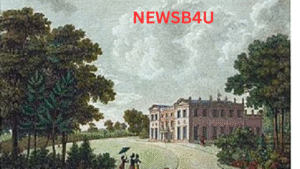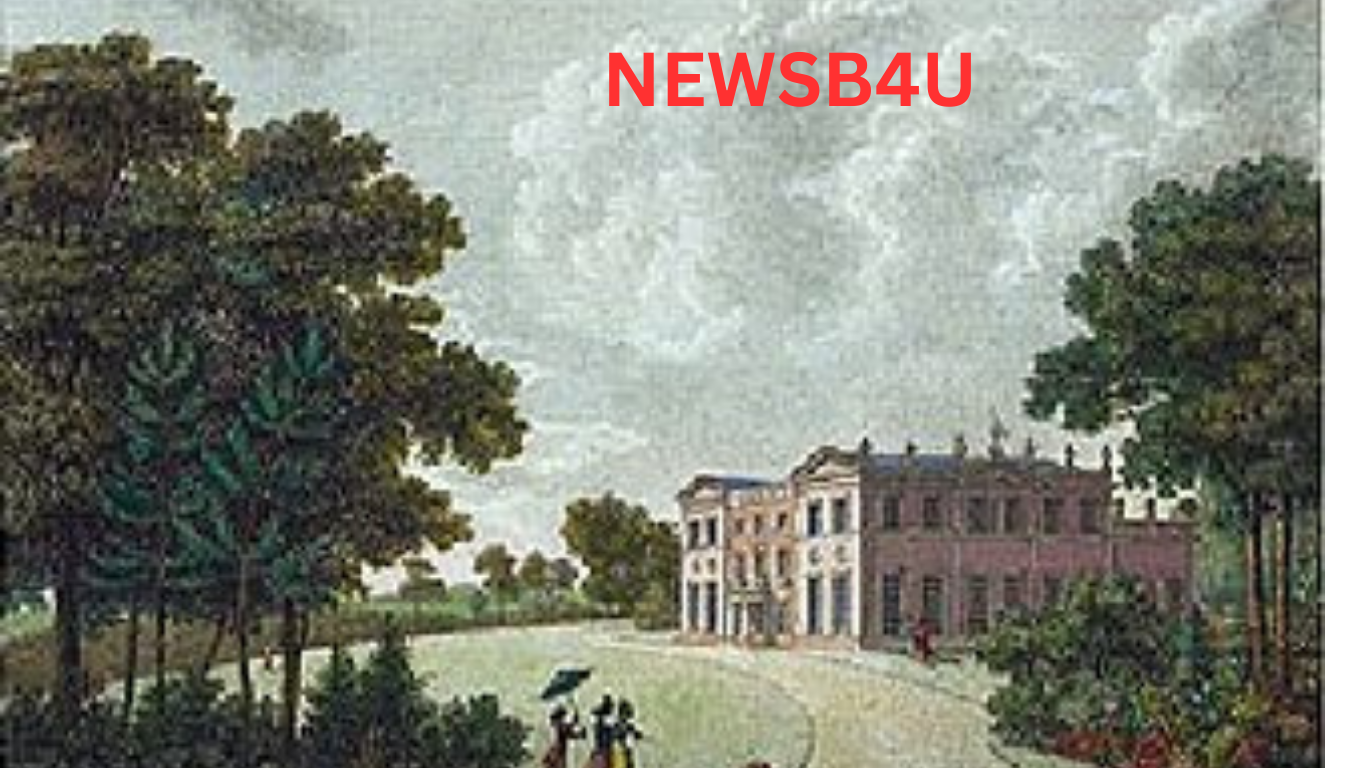Liverpool City Council Responds to Devastating Woolton Hall Fire – What It Means for Our Heritage
Breaking News: Woolton Hall in Flames
By 9:30 pm, the fire had escalated. The roof collapsed, and nine engines battled the blaze. Firefighters used drones for safety and situational awareness.

Heritage at Risk: A Historic Loss
Woolton Hall stands as Liverpool’s finest example of Robert Adam’s neoclassical architecture in the north of England. Originally built in 1704 and restored in 1772, it became Grade I‑listed in 1982. Despite a 2019 arson fire and heavy vandalism, it remained a symbol of architectural grandeur and local history. In 2021, Historic England included it in their Heritage at Risk register with a Category A status—indicating an imminent threat.
Liverpool City Council Steps In
Although there’s no widely reported formal statement yet from Liverpool City Council, it’s clear that such a devastating loss demands action. The council faces mounting pressure to:
Assess whether restoration is viable.
Engage with heritage bodies like Historic England.
Consider urgent interventions to stabilize the remains.
Review how the hall’s decline slipped through the safety net it once had.
Local heritage campaigners have questioned why no Urgent Works Notices had been served—despite the hall’s ongoing decay and repeated inspections.
The Emotional Toll on the Community
The community response has been deeply emotional. Woolton Hall has long been a backdrop for life’s milestones—weddings, school memories, quiet reflection. Many residents expressed grief and frustration, mourning not just a building, but a piece of their shared past.
One local historian even recalled campaigning tirelessly to preserve the hall—only to be told by council officials that resources were limited.
What Comes Next?
With the structure now gutted, the path forward likely involves:
1. Damage assessment—an immediate survey to determine what can be saved.
2. Collaboration with heritage bodies—to align efforts and funding.
3. Community outreach—to honour the hall’s legacy and explore rebuilding or memorial options.
4. Policy review—to prevent further heritage losses across the city.
This fire highlights the tough balance councils face between conserving heritage and managing limited budgets. Still, Woolton Hall’s fate now reflects on us all.
Why This Story Matters (SEO Highlights)
Historic Loss: The fire reduced a rare Robert Adam building to ruins.
Heritage at Risk: It underscores gaps in preservation efforts.
Public Accountability: Many demand answers from the City Council.
Community Grief: Emotional ties run deep.
Future Action: What future can Woolton Hall have now?
Final Thoughts
The blaze at Woolton Hall is more than news—it’s a wake‑up call. Our city’s heritage doesn’t just vanish overnight. It fades through neglect. Now, action is essential.
If Liverpool City Council issues an official statement, I can help craft your update with quotes and analysis.
The fire had escalated. The roof collapsed, and nine engines battled the blaze. Firefighters used drones for safety and situational awareness.
Heritage at Risk: A Historic Loss
Woolton Hall stands as Liverpool’s finest example of Robert Adam’s neoclassical architecture in the north of England. Originally built in 1704 and restored in 1772, it became Grade I‑listed in 1982. Despite a 2019 arson fire and heavy vandalism, it remained a symbol of architectural grandeur and local history. In 2021, Historic England included it in their Heritage at Risk register with a Category A status—indicating an imminent threat.
Liverpool City Council Steps In
mal statement yet from Liverpool City Council, it’s clear that such a devastating loss demands action. The council faces mounting pressure to:
Assess whether restoration is viable.
Engage with heritage bodies like Historic England.
Consider urgent interventions to stabilize the remains.
Review how the hall’s decline slipped through the safety net it once had.
Local heritage campaigners have questioned why no Urgent Works Notices had been served—despite the hall’s ongoing decay and repeated inspections.
The Emotional Toll on the Community
The community response has been deeply emotional. Woolton Hall has long been a backdrop for life’s milestones—weddings, school memories, quiet reflection. Many residents expressed grief and frustration, mourning not just a building, but a piece of their shared past.
One local historian even recalled campaigning tirelessly to preserve the hall—only to be told by council officials that resources were limited.
What Comes Next?
With the structure now gutted, the path forward likely involves:
1. Damage assessment—an immediate survey to determine what can be saved.
2. Collaboration with heritage bodies—to align efforts and funding.
3. Community outreach—to honour the hall’s legacy and explore rebuilding or memorial options.
4. Policy review—to prevent further heritage losses across the city.
This fire highlights the tough balance councils face between conserving heritage and managing limited budgets. Still, Woolton Hall’s fate now reflects on us all.
Why This Story Matters (SEO Highlights)
Historic Loss: The fire reduced a rare Robert Adam building to ruins.
Heritage at Risk: It underscores gaps in preservation efforts.
Public Accountability: Many demand answers from the City Council.
Community Grief: Emotional ties run deep.
Future Action: What future can Woolton Hall have now?
Final Thoughts
The blaze at Woolton Hall is more than news—it’s a wake‑up call. Our city’s heritage doesn’t just vanish overnight. It fades through neglect. Now, action is essential.
If Liverpool City Council issues an official statement, I can help craft your update with quotes and analysis.

